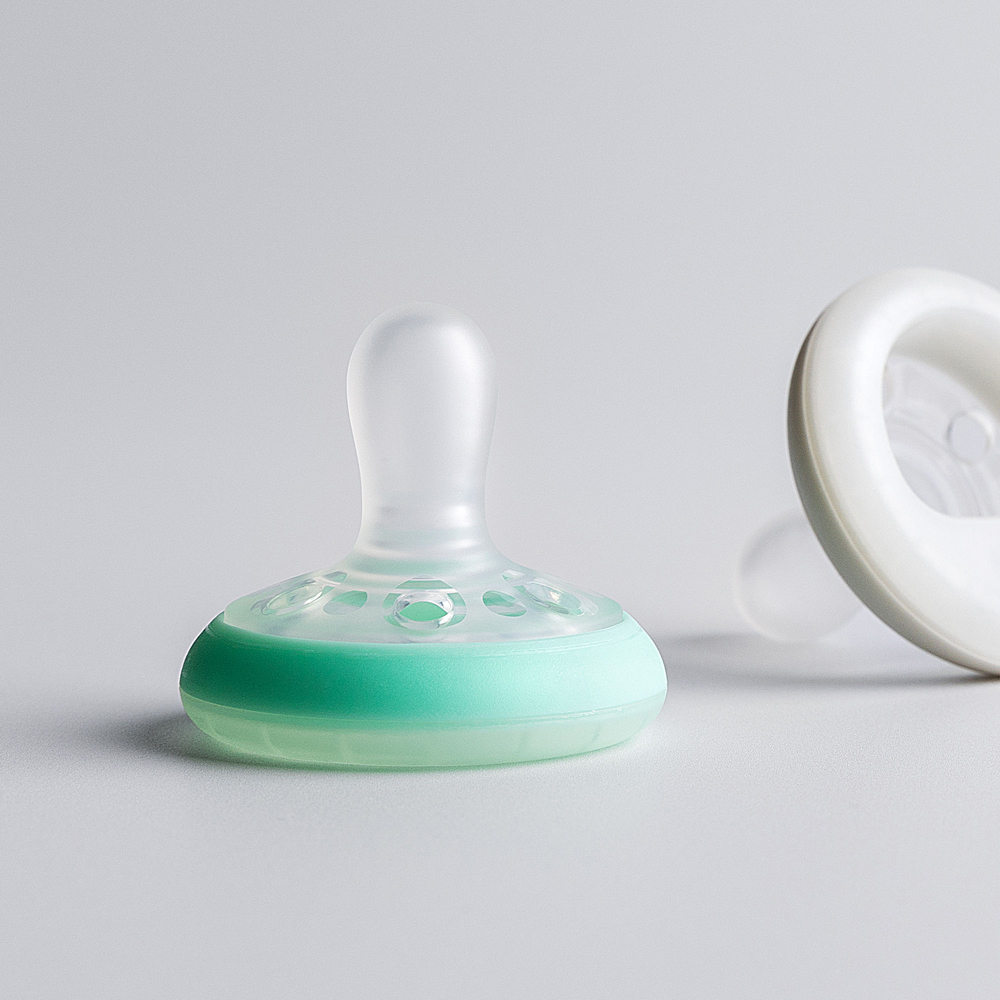Introduction: The Nature of Clinginess
Clinginess in toddlers is a common part of development. Many parents notice that their little ones can be extremely attached, often wanting to stay close to them. This behavior can appear in various situations, such as when meeting new people or transitioning to new environments. While it can be exhausting for parents, clinginess generally indicates healthy emotional development. Understanding the reasons behind this behavior can help parents respond effectively and ensure their toddlers feel secure.
Developmental Stages of Clinginess
Normal Developmental Phases
Clinginess often peaks during specific developmental stages. Between 8 and 18 months, toddlers experience significant growth in their emotional and social skills. It is during this time that kids begin to develop object permanence—the understanding that things and people continue to exist even when not visible.
As they start to explore their independence, they can also experience separation anxiety. This anxiety can manifest as clinginess, as toddlers seek comfort and security from their primary caregivers. Understanding these phases helps parents recognize that clinginess is a normal part of development.
Secure Attachment and Trust
The bond between a toddler and their caregiver plays a crucial role in their emotional development. A securely attached child tends to feel safe and confident in their environment. They may explore more freely but still return to their caregiver for reassurance.
When children experience clinginess, it can indicate that they need more reassurance to feel secure. This behavior highlights their reliance on the caregiver as a safe base. Being responsive to a toddler’s needs creates a secure attachment, fostering their ability to explore the world with confidence.

Emotional Reasons for Clinginess
Fear of Change
Children are sensitive to changes in their environment or routine. New experiences, such as starting preschool or a family move, can trigger feelings of insecurity. In response, toddlers may cling to their parents or caregivers as a means of coping with fear.
Recognizing triggers, such as family changes or new caregivers, can help parents understand and address clinginess. Coming up with strategies, like maintaining routines and discussing changes in advance, can ease this emotional transition for toddlers.
Seeking Comfort and Reassurance
Clinginess can also arise from a toddler’s natural desire for comfort. When children feel tired, sick, or overwhelmed, they may seek proximity to their caregivers. This instinct is a way to cope with discomfort and anxiety.
Parents should be attentive and responsive to these needs. Offering comfort through cuddles, talking, or playing can help toddlers feel secure. Over time, as they learn to navigate their emotions, the intensity of clinginess may decrease.
Environmental Factors Influencing Clinginess
Recent Changes at Home
Events such as moving to a new house, welcoming a new sibling, or changes in parental work schedules can impact a toddler’s sense of security. These changes can lead to feelings of displacement or confusion, prompting a desire for closeness with caregivers.
To help children adjust during these transitions, maintaining stability in daily routines can be beneficial. Reinforcing a sense of normalcy can ease anxiety and contribute to the child’s overall well-being. Open communication about changes can also empower toddlers, making them feel more in control.
Impact of Social Interactions
Interactions with peers and adults can also affect a toddler’s behavior. Experiences like starting daycare or attending playgroups introduce different social dynamics. Sometimes, children may feel unsure in these new environments, causing them to cling to familiar figures.
Encouragement and gradual exposure to new social settings can help reduce clinginess. Parents can practice short separations while in safe environments to help toddlers gain confidence. Positive experiences will support their social development, promoting independence over time.

Coping Strategies for Parents
Create a Safe Space
Establishing a safe and comforting environment for your toddler is essential. A designated safe space can help children feel secure when navigating anxiety. This space can be a cozy corner with soft toys or blankets, functioning as a retreat when they feel overwhelmed.
In this safe space, children learn to self-soothe and manage their emotions. This independence can gradually reduce clinginess, promoting a sense of autonomy. Parents can also visit this safe zone together, reinforcing the concept of comfort and security.
Encourage Gradual Independence
Fostering independence in toddlers is essential for reducing clinginess. Gradual exposure to independence—like playing separately while still being within the caregiver’s sight—can help build confidence. Over time, parents can increase the duration and distance of separations.
Simple activities, such as letting them play alone in a safe area while you are nearby, can enhance their self-esteem. Encouragement and praise for their bravery during these activities reinforce their independence. This gradual approach will lay a foundation for emotional strength.
Positive Reinforcement and Communication
Praise and Reward Systems
Using positive reinforcement can help reduce clinginess. When a toddler exhibits independent play or explores on their own, praising their efforts can encourage further autonomy. Rewards can also serve as motivation, leading to increased confidence over time.
Incorporating a reward system, such as stickers for successful independent playtime, can be engaging for toddlers. Celebrating their milestones reinforces the message that independence is positive and desirable. Consistent praise builds a supportive environment for emotional development.
Open Communication
Building strong communication with toddlers can help them express their feelings. Encouraging them to articulate their emotions can ease anxiety. Phrases like “I see you’re feeling unsure” can help validate their feelings while creating a space for dialogue.
Parents should also share their own feelings about changes or routines. Addressing concerns openly nurtures trust and helps toddlers understand that seeking comfort is acceptable. Effective communication builds a strong relationship, making it easier for children to approach their caregivers when they feel anxious.

When to Seek Professional Help
Recognizing Extreme Clinginess
While clinginess is often a normal developmental phase, extreme clinginess can be concerning. If a child is consistently unable to separate from their caregiver, struggles with everyday activities, or shows signs of distress, it may be time to seek advice from a professional.
Consulting a pediatrician or child psychologist can provide valuable insights into the underlying causes. They can assess the situation and recommend strategies or interventions to support the child’s emotional needs. Early intervention can help prevent potential long-term issues from developing.
Support for Parents
Parents dealing with a clingy toddler may also benefit from support. Parenting groups, therapy, or counseling can provide a safe space to share experiences. Speaking with others in similar situations can reduce feelings of isolation and offer practical strategies.
Professional support can help parents build coping mechanisms for managing clinginess more effectively. By navigating these challenges together, parents can create a more supportive environment for their child. This collaborative effort helps strengthen family bonds while promoting emotional security.
Conclusion: Embracing Clinginess as a Phase
In conclusion, clinginess in toddlers is a natural part of emotional development. Recognizing the normalcy of this behavior allows parents to respond effectively. By understanding the underlying reasons for clinginess, such as attachment, fear, or environmental factors, parents can create supportive strategies to foster independence.
Clinginess often indicates a strong bond and a desire for security. Through open communication, positive reinforcement, and gradual independence, parents can help their toddlers feel safe while encouraging growth. Seeking support when needed can further ensure that both the child and parents navigate this phase successfully.
Ultimately, understanding and embracing clinginess as a stage can ease the journey for both parents and toddlers. As children develop, this phase will likely evolve, allowing for more independence and confidence in their emotional well-being. By fostering a nurturing and supportive environment, parents can help their toddlers thrive and grow.



